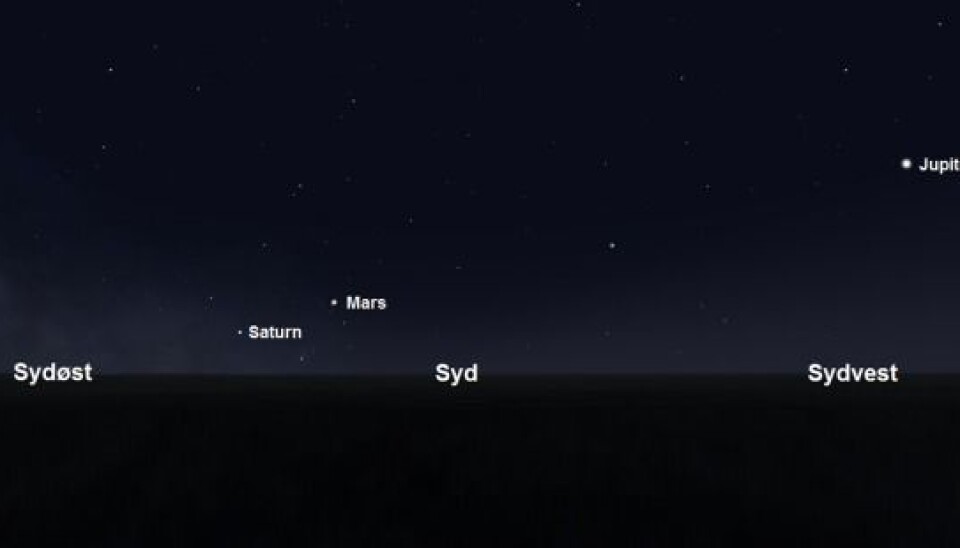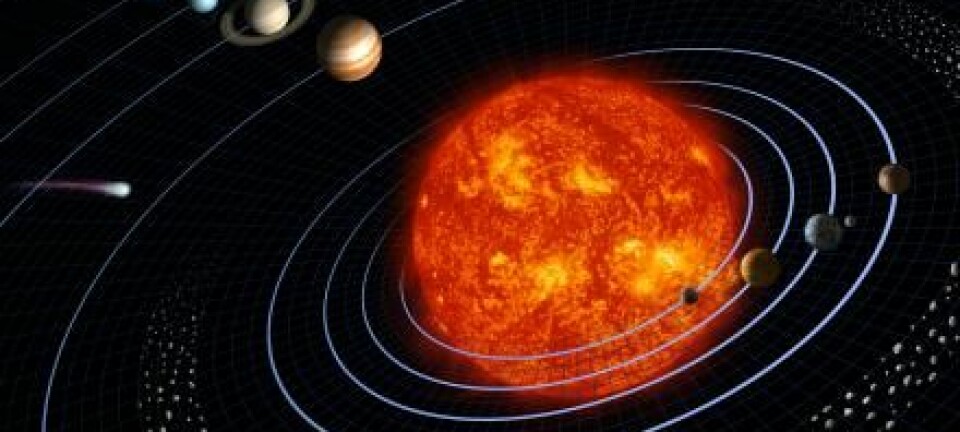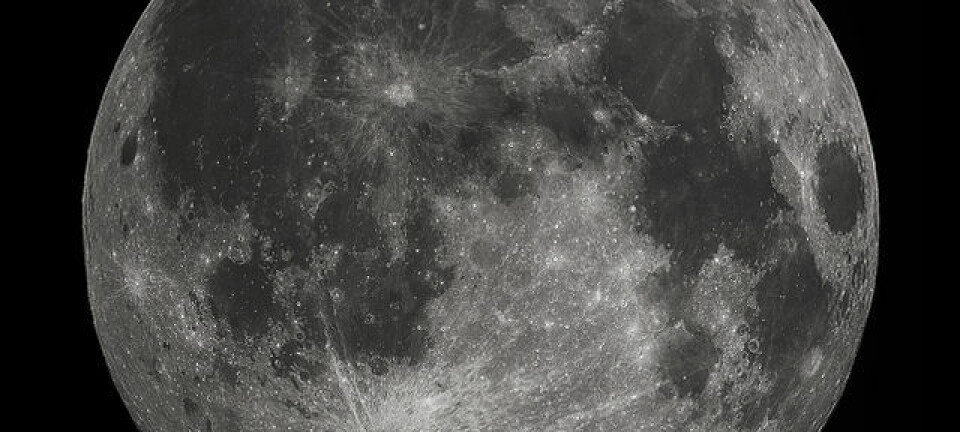
Get your telescopes ready: Three planets visible in March
Keep your eyes on the night sky this month and you might just spot Saturn, Mars, and Jupiter.
As we head into spring we can expect to see many events in the night sky, including multiple planetary sightings and the spring equinox.
Here is a rundown of what you can expect to see this month.
Long days start here
March is the first month of spring. But astronomically speaking spring does not start until the equinox, which occurs later in the month.
This is when the Sun lines up directly above the equator. It passes through the celestial equator, heading north on March 20th at 5:03am Central European Time.
As the name “equinox” implies, this is when night and day are almost equal in length. It is not quite equal as we see the sun just before it rises and again just after it has set, making the day last 12 hours and 13 minutes compared to 11 hours and 47 minutes of night.
This optical phenomenon occurs partly because the Sun's light refracts in the atmosphere, which makes it appear higher in the sky than it actually is.
In March we also set the clocks an hour forward when we switch to summer time in Europe. This happens at 2am (CET) on the 27th March.
Up to four planets visible in the night sky
At the beginning of the month, Mars rises around 2.30 am in the constellation Libra. Around the middle of the month, it moves into the constellation Scorpio. Although Mars is relatively low in the sky, it is very bright and should be easy to spot.
Saturn should also be visible this month. It rises about an hour after Mars. It will be quite low in the sky, so the best time to observe it will be just before sunrise.
Starting 8th March, Jupiter will also be visible. It will rise at sunset and set at sunrise, and will be clearly visible in the constellation Leo.
If you are very lucky, you may even catch a glimpse of Venus just before dawn at the beginning of the month.
The article was edited with the help of Karsten Bomholt
----------------
Read the Danish version of this story on Videnskab.dk
Translated by: Catherine Jex











